Article #3 What is plasticity and why does it matter?
By Scott Breton
The term “plastic arts” generally refers to art that is either three dimensional or involves the representation of solid objects with a three dimensional effect. This is, of course the particular interest of TIAC Academy. But the term “plasticity” can imply something far more than this: it can refer to the metaphorical shaping of creative products in general. That is to say: the massaging of elements into a whole that serves a purpose, aesthetic or otherwise. In practise, this process involves experiment with constituent elements, a kind of play, through which a coherence of those elements gradually emerges (if one is sufficiently skilful and engaged).
And so, plasticity could refer to any multidimensional craft: from writing, to the design of scientific experiments, to the way a pianist shapes the line of a melody, to the procedure of constructing a novel building. Really to any process of finding a solution through a gradual process of working with the materials, such that cultivated intuition is engaged.
Human beings, at a certain level of mastery, experience their tools as extensions of their body, and finding creative solutions to problems within the domain of expertise becomes intuitively felt. Subconscious processes take care of the surface level challenges and the person becomes engrossed in wrestling with the general, unifying structure.
I think we should view plasticity as certain level of whole-mind engagement, and one that we should aim to achieve. It is a level that only emerges once the basics are internalised, and the problem becomes felt intuitively, a metaphorical sculpture to be shaped by mental hands.
For the visual artist, this means that familiarity with the craft, which is to say with the elements and parameters within which one plays, are central to what the core of our work actually is. I think this is an optimistic notion for the aspiring visual artist because it means that one should not expect plastic genius from the outset. Rather, through disciplined effort one can gradually learn and immerse in shaping the elements of the craft, and thereby have it become an extension of the body.
My speculation is this: driven by the complexity of human life on earth, there exists in human beings a profound aesthetic pleasure in a seeing a work of human hands that evidences the state of mind I am calling plastic. This is particularly the case when the creator has managed to integrate elements that were challenging to bring together, where a tension or difficulty exists. The coherence of the psyche required to do this inspires us with its vitality, with the potential it points in ourselves. A beautiful symphony is not easy on us: it implicitly demands an awareness of our creative potential.
There is more to say about excellence of integration, about its raw power to move us, about the multitude of ways it appears in the aesthetic and other products of human beings. But we will leave that for the next post.

